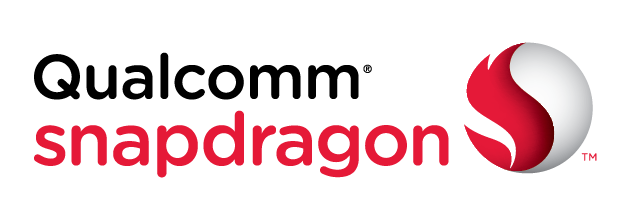Qualcomm Snapdragon 820 vs. Kirin 940 vs. Kirin 950: Chipset comparison
Huawei's Kirin 940 and Kirin 950 chipsets will be released in Q3 and Q4 2015, respectively, according to the information posted in PhoneArena. The chipsets will be running ARM's Cortex-A72 processor, which has the capability of recording 4K videos at an astounding frame rate of 120 FPS as well as delivering unmatched gaming performance in graphically intensive mobile gaming applications. However, impeding the progress of the aforementioned chipsets will be none other than leading smartphone chip maker Qualcomm, a firm which is intending on launching its Snapdragon 820 SoC in late 2015, according to PhoneArena.
Unlike the company's Krait CPU architecture, the Snapdragon 820 will be featuring the company's 'Taipan' architecture and will be running eight TS2 high-performance cores. Huawei's chipsets will be running the following processors and GPUs in their chipsets:
- Kirin 940: ARM Quad-core Cortex-A53 and ARM Quad-core Cortex-A72 (max. clock frequency will be 2.2 GHz) along with LPDDR4 memory and Mali-T860 GPU
- Kirin 950: ARM Quad-core Cortex-A53 and ARM Quad-core Cortex-A72 (max. clock frequency will be 2.4 GHz) along with LPDDR4 memory and Mali-T880 GPU
The Snapdragon 820 on the other hand will be running an Adreno 530 GPU and since benchmarking results have not been announced of the three chips, it is difficult to decide which silicon performer will be crowned the victor in both the performance and energy efficiency departments. However, it is important to note that Huawei's chipsets will be running an i7 co-processor, which is similar to Apple's M7 or M8 chip present in the company's iPhones.
As for connectivity, the Kirin 940 will feature a Cat 7 LTE modem while both the Snapdragon 820 and Kirin 950 will be incorporated with the Cat 10 LTE modem. The Kirin 940 and 950's components will be processed on the 16 nm FinFET architecture while the Snapdragon 820 will be manufactured on the 14 nm FinFET, automatically giving it a clear advantage over its competition. However, it is important to note here that conclusions can only be made after official benchmarking reports have been published so when the first devices running the impressive chipsets have been released, then only a proper decision can be reached.












